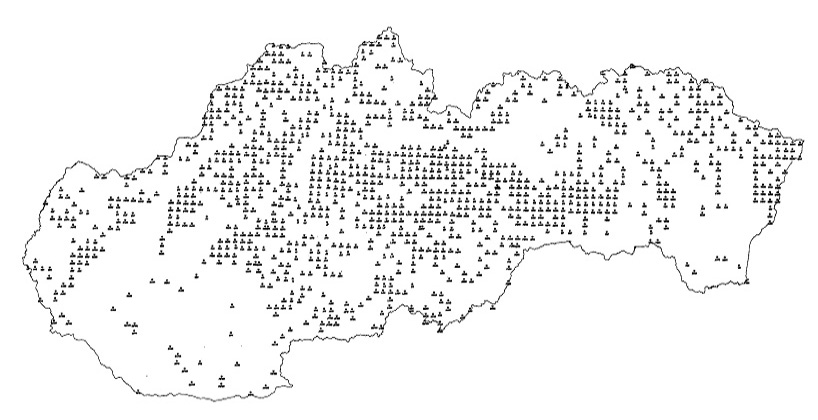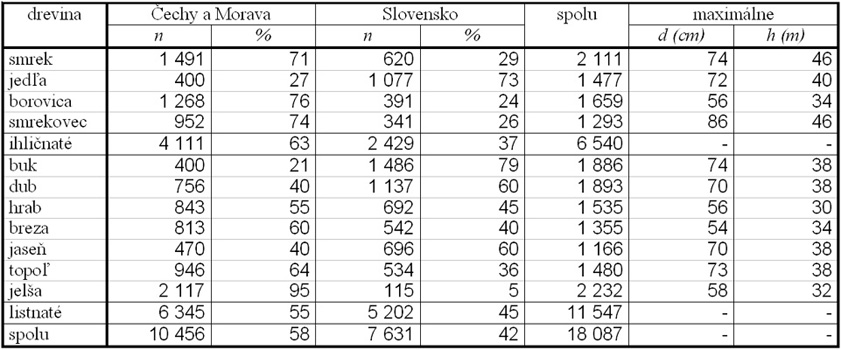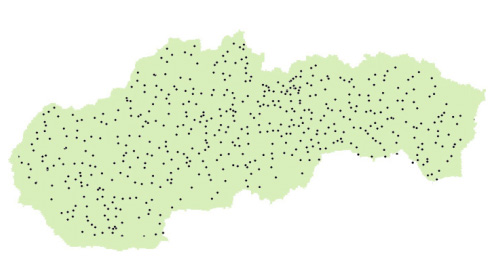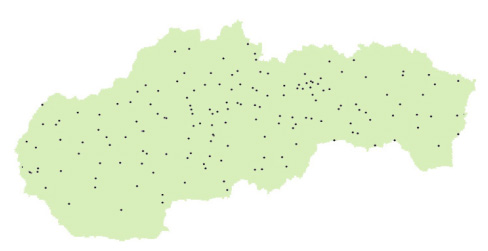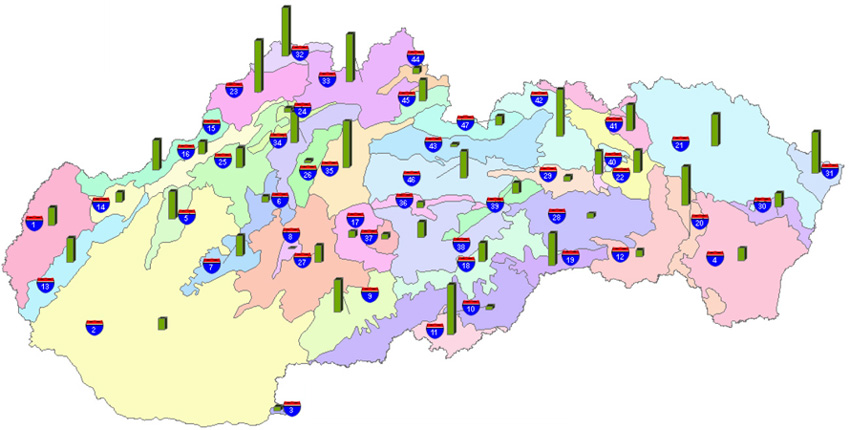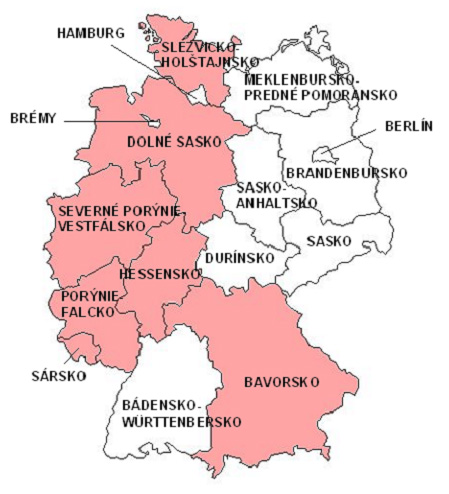
Fig.1. German states with long-term experimental plots
In total, data material consists of 330 long-term experimental plots and covers 3,120 time points, from which the oldest information dates back to the year 1873 (Kahn 1994). Data were collected thanks to a good cooperation between the Forest Research Station of Lower Saxony in Göttingen, Chair of Forest Yield Science in Munich and Swiss Federal Institute for Forest, Snow, and Landscape Research in Birmensdorf. Data cover Switzerland, and several German states: Bavaria, Rhineland-Palatinate, Hesse, North Rhine-Westphalia, Lower Saxony and Schleswig-Holstein (Fig.1). Site spectrum of data ranges from the lowlands in Schleswig-Holstein up to the mountain regions of Switzerland. The series of measurements on experimental plots date from the century before last and encompass a wide spectrum of growing and site conditions. The data were utilised for the development of the model simulating the sensitivity of height and diameter increments on site conditions.
